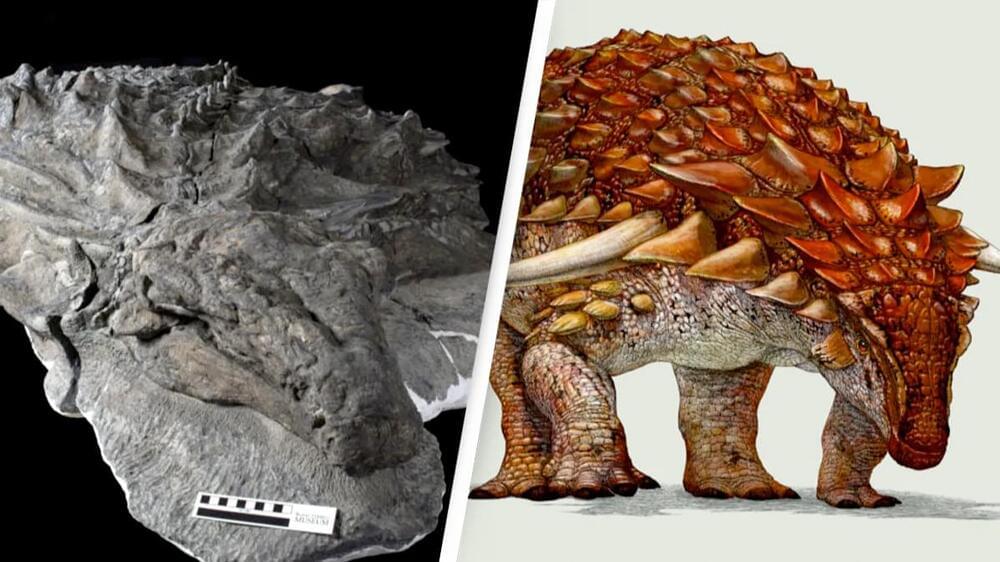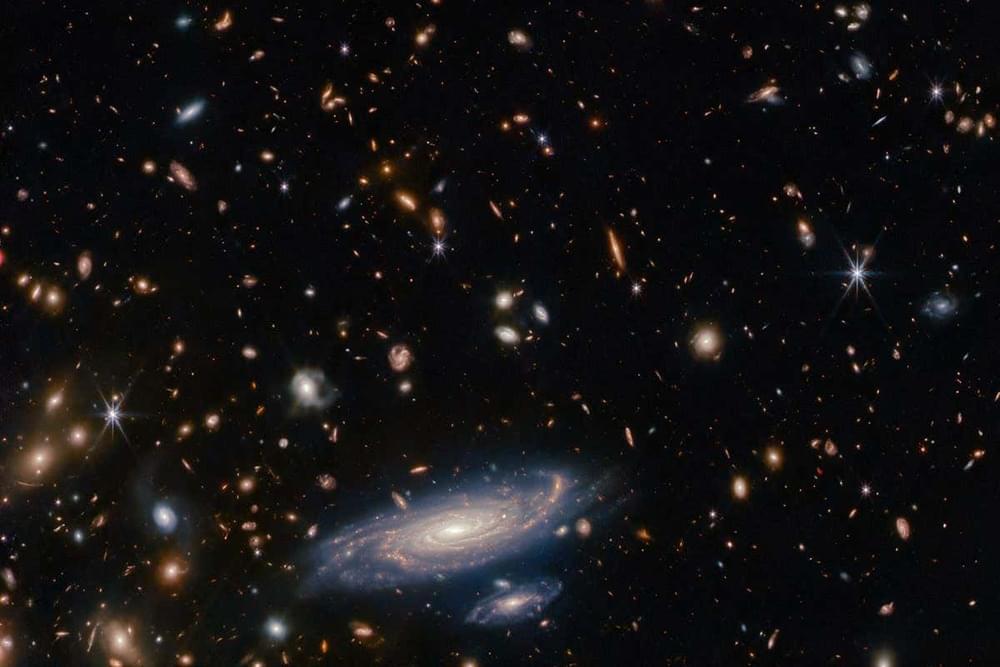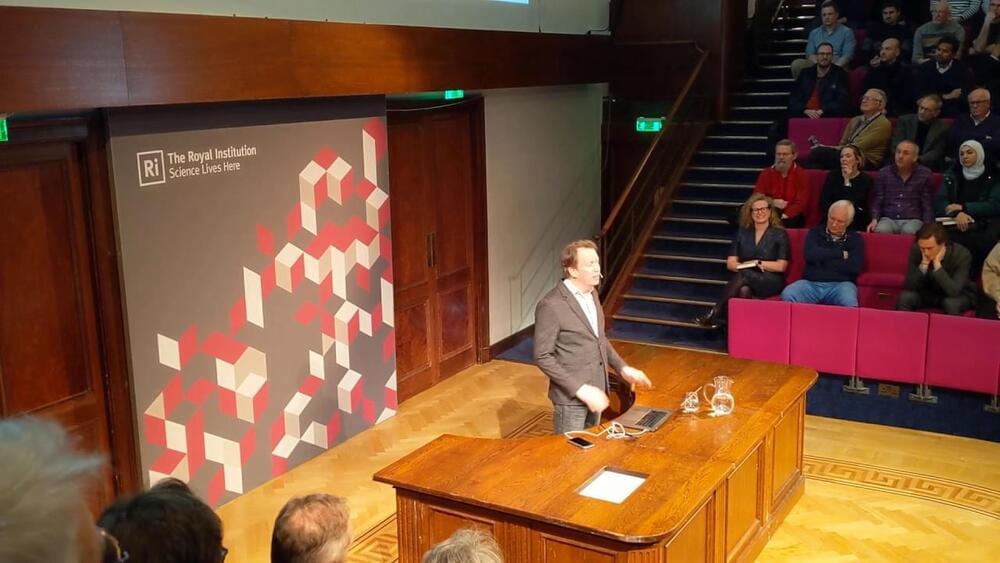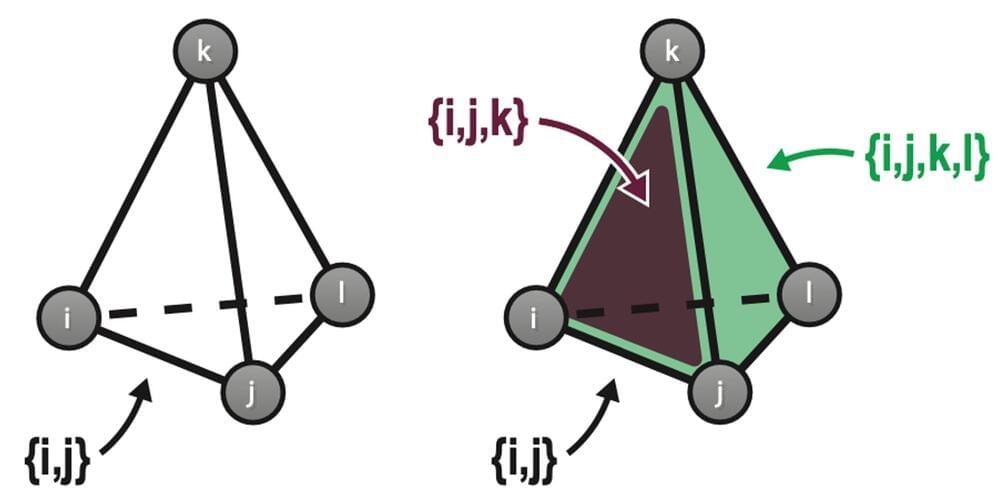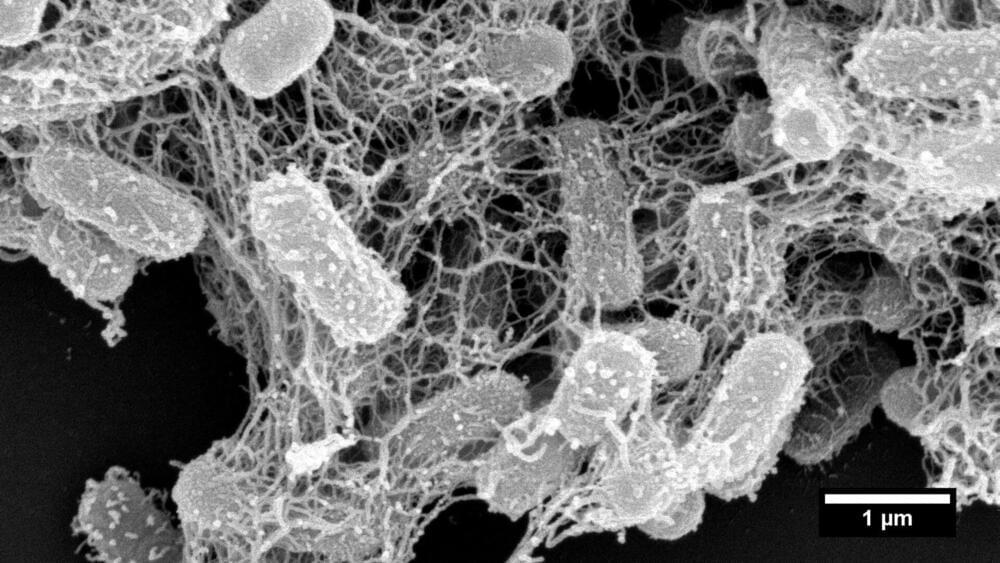Page 2646
Mar 7, 2023
Dr. Moupali Das, MD, MPH — Gilead Sciences — Dedicated To Ending The HIV Epidemic
Posted by Ira S. Pastor in categories: biotech/medical, chemistry, health, policy
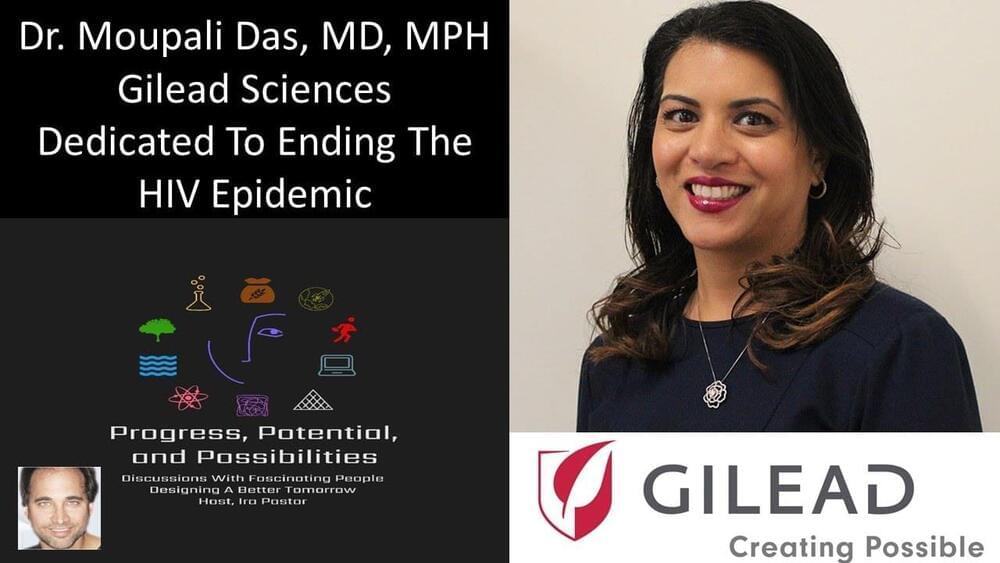
Dedicated to ending the HIV epidemic — dr. moupali das, MD, MPH, executive director, HIV clinical research, gilead sciences.
Dr. Moupali Das, MD, MPH, is Executive Director, HIV Clinical Research, in the Virology Therapeutic Area, at Gilead Sciences (https://www.gilead.com/), where she leads the pre-exposure prophylaxis (PrEP) clinical drug development program, including evaluating the safety and efficacy of a long-acting, twice yearly, subcutaneous injection being studied for HIV prevention. Her responsibilities also include expanding the populations who may benefit from PrEP.
Mar 7, 2023
NASA shares breathtaking aurora video from space station
Posted by Genevieve Klien in category: space
NASA has released a breathtaking time-lapse video captured from the International Space Station showing a recent aurora over Earth.
Mar 7, 2023
Scientists found a dinosaur with skin on its face still intact
Posted by Dan Breeden in category: futurism
Scientists have made a freak discovery that’s potentially brought us closer to dinosaurs than we’ve ever been before.
Archaeologists uncovered one of the most well-preserved dinosaur fossils — so preserved that its very skin was still intact after all these years.
Talk about a good skincare routine, the discovery is now being hailed as a ‘one-in-a-billion’ find.
Mar 7, 2023
Fred Hoyle: “I don’t believe in the Big Bang”
Posted by Dan Breeden in category: cosmology
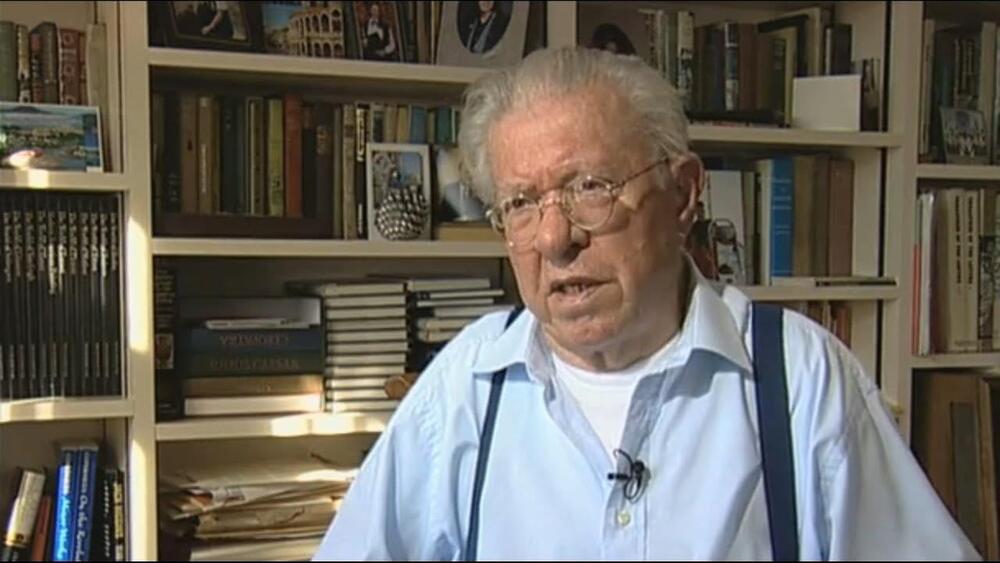
Sir Fred Hoyle was an English astronomer who formulated the theory of stellar nucleosynthesis. He also held controversial stances on other scientific matters — in particular his rejection of the “Big Bang” theory, a term coined by him on BBC radio, and his promotion of panspermia and the Steady-state theory of the universe.
Galaxies spotted by the James Webb Space Telescope seem far too massive to have formed so early on in the universe’s history, which could be a problem for our ideas of galaxy formation.
By Leah Crane and Alex Wilkins.
Mar 7, 2023
Sean Carroll: Spacetime emerging from entanglement
Posted by Dan Breeden in category: futurism
Mar 7, 2023
Quantum Physics: Scientists Cool Nanoparticles to Ground-State in 2D Motion
Posted by Dan Breeden in categories: nanotechnology, quantum physics

Experts consider glass nanoparticles kept inside extreme vacuum layers as potential platforms for examining the quantum world’s limits. However, a question in the field of quantum theory remains unanswered: at which size does an object start being described by quantum physics laws rather than classical physics laws?
Achieving Quantum-State Cooling in More Than One Direction Is Challenging
Continue reading “Quantum Physics: Scientists Cool Nanoparticles to Ground-State in 2D Motion” »
Mar 7, 2023
What makes a neural network remember?
Posted by Dan Breeden in categories: biological, chemistry, robotics/AI
Computer models are an important tool for studying how the brain makes and stores memories and other types of complex information. But creating such models is a tricky business. Somehow, a symphony of signals—both biochemical and electrical—and a tangle of connections between neurons and other cell types creates the hardware for memories to take hold. Yet because neuroscientists don’t fully understand the underlying biology of the brain, encoding the process into a computer model in order to study it further has been a challenge.
Now, researchers at the Okinawa Institute of Science and Technology (OIST) have altered a commonly used computer model of memory called a Hopfield network in a way that improves performance by taking inspiration from biology. They found that not only does the new network better reflect how neurons and other cells wire up in the brain, it can also hold dramatically more memories.
The complexity added to the network is what makes it more realistic, says Thomas Burns, a Ph.D. student in the group of Professor Tomoki Fukai, who heads OIST’s Neural Coding and Brain Computing Unit. “Why would biology have all this complexity? Memory capacity might be a reason,” Mr. Burns says.
Mar 7, 2023
Trapping and killing superbugs with novel peptide ‘nanonets’
Posted by Dan Breeden in category: biotech/medical
National University of Singapore (NUS) pharmaceutical scientists have developed synthetic peptide nanonets for treating infections by bacteria strains resistant to last-resort antibiotics.
In nature, trap-and-kill is a common immune defense mechanism employed by various species, including humans. In response to the presence of pathogens, peptides are released from host cells and they promptly self-assemble in solution to form cross-linked nanonets, which then entrap the bacteria and render them more vulnerable to antimicrobial components.
Several research groups have explored synthetic biomimetics of nanonets as an avenue for addressing the global healthcare challenge of widespread antibiotic resistance. However, most prominent studies in the field only yielded disjointed short nanofibrils restricted to the bacterial surfaces and are incapable of physically immobilizing the bacteria. Additionally, these designs were lacking in control over the initiation of the self-assembly process.


